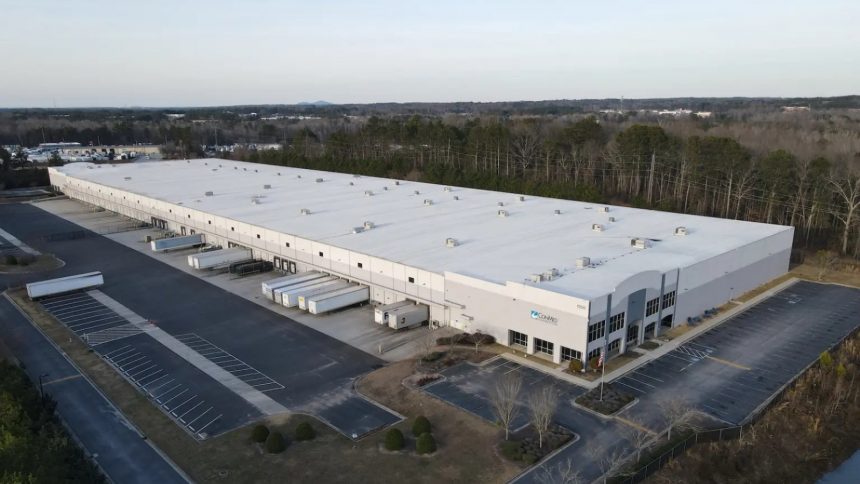This story was written in collaboration with Atlanta News First.
Thousands of warehouse workers throughout the U.S. are frequently exposed to ethylene oxide, a chemical linked to cancer. Over half of the country’s medical equipment is sterilized using ethylene oxide, a compound classified as a carcinogen by the EPA. After the sterilization process, ethylene oxide evaporates from the medical products, leading to potentially hazardous levels of air pollution within the storage facilities. The EPA has limited regulations in place for these buildings, and authorities are often unaware of their locations.
The Occupational Safety and Health Administration (OSHA) has not extensively evaluated worker exposure in these warehouses. However, a recent investigation was launched by OSHA at a Georgia warehouse that stores medical equipment sterilized with ethylene oxide. This development raises questions about the government’s responsiveness to these risks.
On March 13, a search warrant was executed at a warehouse in Lithia Springs, Georgia, leased by ConMed, a medical device company. This inspection followed an investigation by Grist and Atlanta News First that revealed workers at ConMed had unknowingly been exposed to ethylene oxide, resulting in medical emergencies. Ambulances were frequently called to the facility as workers experienced seizures, loss of consciousness, and difficulty breathing.
ConMed has denied the allegations from the lawsuit brought forward by the workers, claiming they are committed to compliance with regulations. The company states that ethylene oxide testing is conducted monthly for its employees. Despite this, the manner in which OSHA conducted the recent inspection at the Lithia Springs facility surprised ConMed.
Ethylene oxide poses significant health risks and is associated with various cancers and nervous system diseases. As medical devices treated with ethylene oxide move through the supply chain, they continue to emit the chemical, exposing workers in warehouses where they are stored. The EPA recently announced it would regulate toxic emissions from warehouses located on the same site as sterilization plants, but offsite warehouses are currently excluded from oversight.






